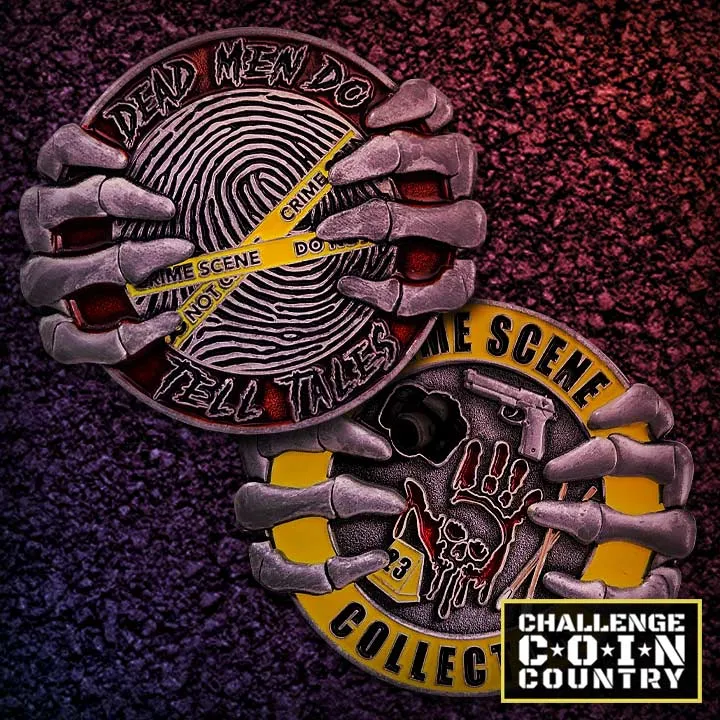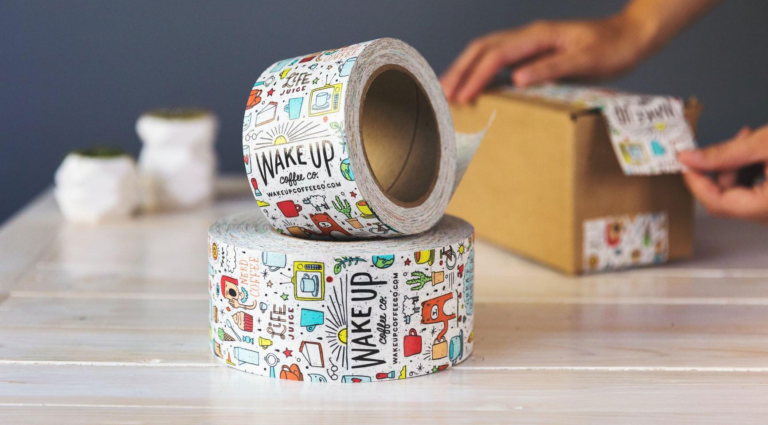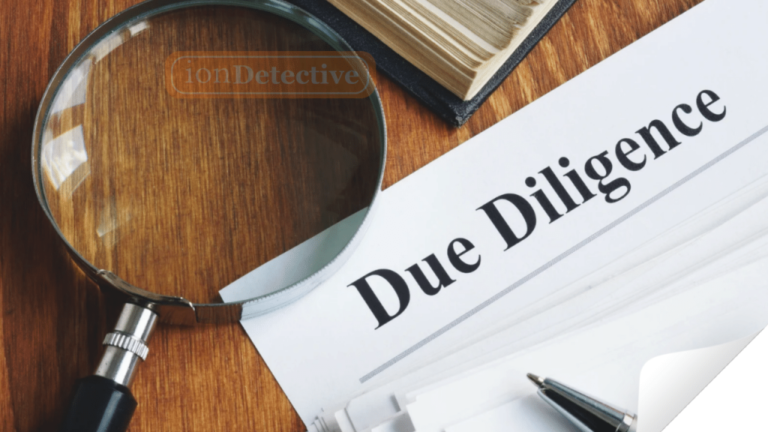What Makes a Great Challenge Coin Design?
Post Preview
Table of Contents
- Introduction
- Historical Significance of Challenge Coins
- Critical Elements of an Effective Challenge Coin Design
- Shape and Size
- Materials and Finishes
- Color Scheme
- Imagery and Symbols
- Text and Font Choices
- Customization and Personalization
- Trends in Modern Challenge Coin Design
- Common Mistakes to Avoid
- Conclusion
- Key Takeaways
Introduction
Challenge coins have a storied tradition, symbolizing unity, honor, and achievement. From military units to corporate teams, these small tokens hold immense value. But what indeed makes a challenge coin stand out? A great design is not just about aesthetics; it’s about conveying a story, a mission, and a sense of pride. This article explores the essential components of a successful challenge coin design, ensuring your creation resonates with its intended audience.
Historical Significance of Challenge Coins
Before diving into the design elements, it’s crucial to understand the historical context of challenge coins. Originating in the military, these coins were initially used to symbolize membership and camaraderie. Over time, they evolved into tokens of recognition and respect, extending their reach into law enforcement, corporate settings, and even sports teams. The advent of custom challenge coins has further expanded their use, allowing for personalized designs that cater to specific groups and occasions. Understanding this history adds depth to the design process, allowing you to create a coin that looks great and honors its legacy.
Critical Elements of an Effective Challenge Coin Design
Shape and Size
The shape and size of a challenge coin are the foundation of its design. Traditional coins are circular, but modern designs often explore unique shapes—such as dog tags, shields, or even custom silhouettes—to represent better the group or event they commemorate. The size typically ranges from 1.5 to 2 inches in diameter, but larger coins can be more impactful, especially when incorporating intricate details.
Materials and Finishes
The choice of materials can significantly influence the coin’s appearance and durability. Common materials include brass, zinc, and copper, each offering a different weight and feel. The finish—whether it’s polished, antique, or dual-plated—can add a layer of sophistication and make sure design elements pop. For instance, a gold-plated finish can convey prestige, while an antique silver finish might evoke a sense of history and tradition.
Color Scheme
Color is a powerful tool in challenging coin design, highlighting specific elements and evoking emotions. Enamel is often applied to create vibrant, durable colors. When choosing a color scheme, consider the symbolic meanings of colors and how they align with the coin’s purpose. For example, blue might represent loyalty and trust, while red could signify courage and sacrifice. The use of contrasting colors can also enhance readability and visual appeal.
Imagery and Symbols
Imagery is at the heart of challenge coin design. The imagery should be meaningful and easily recognizable, whether it’s a logo, emblem, or custom artwork. Symbols, such as eagles, flags, or unit insignias, can reinforce the coin’s message and connect it to a larger tradition. It’s essential to strike a balance between detail and simplicity—too much complexity can make the design hard to decipher, while too little might fail to capture the coin’s significance.
Text and Font Choices
Text often includes the organization’s name, motto, or significant date. The font choice is critical, as it must be legible at a small size. Serif fonts can convey formality and tradition, while sans-serif fonts offer a modern and clean look. Text placement around the coin’s edge is standard, but central placement can draw more attention to specific words or phrases.
Customization and Personalization
One of the most appealing aspects of challenge coins is their ability to be customized. Personalization can include individual names, unique serial numbers, or custom artwork that reflects the coin’s purpose. This level of detail transforms the coin from a generic token into a cherished keepsake. When designing for personalization, ensure adequate space and that the design elements do not overshadow the personalized features.
Trends in Modern Challenge Coin Design
Challenge coins have evolved, incorporating modern trends while still honoring traditional elements. Some current trends include 3D molds, glow-in-the-dark elements, and interactive features like spinning centers. These innovations add a unique twist to conventional designs, making them more engaging and memorable. Another trend is the integration of digital elements, such as QR codes that link to a website or video, adding an interactive component to the coin.
Common Mistakes to Avoid
While designing a challenge coin, it’s easy to fall into certain pitfalls. Overloading the design with too much detail can make the coin look cluttered and detract from its message. Similarly, poor color choices can result in a design that’s difficult to distinguish or aesthetically unpleasing. Another common mistake is neglecting the practical aspects, such as the coin’s weight and balance, which can affect how it feels when held. Ensuring the design is visually appealing and functional is critical to creating a successful challenge coin.
Conclusion
Designing a great challenge coin combines artistry, history, and symbolism. By paying attention to elements like shape, size, materials, color, and imagery, you can create a coin that looks impressive and carries significant meaning. Whether for military units, corporate teams, or special events, a well-designed challenge coin is a lasting tribute that honors the values and achievements of its recipients.
Key Takeaways
- Shape and size are fundamental in setting the tone of the design.
- Materials and finishes are critical to the coin’s appearance and longevity.
- Color schemes should be carefully chosen to enhance the coin’s visual impact.
- Imagery and symbols must be meaningful and recognizable.
- Text and font choices should prioritize legibility and alignment with the coin’s purpose.
- Customization adds a personal touch, making the coin a unique keepsake.
- Modern trends like 3D designs and interactive features can add a contemporary flair.
- Avoid common mistakes like overcomplicating the design or neglecting functional aspects.
Keep an eye for more news & updates on NyHeading!





